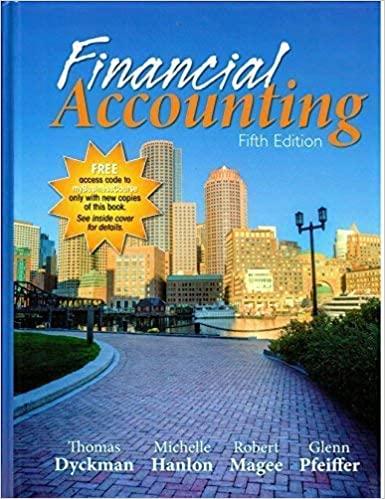Corporation is interested in measuring the cost of each specific type of capital as well as the weighted average cost of capital. Historically, the firm has raised capital in the following manner: Source of capital Long-term debt Preferred stock Common stock equity Weight 35% 12% 53% 1 The tax rate of the firm is currently 21%. The needed financial information and data are as follows: Debf-Tou can raise debt by selling $1,000-par-value, 6.5% coupon interest rate. 10-year bonds on which annual interest payments will be made. To sell the issue, an average discount of S20 per bond needs to be given. There is also an associated flotation cost of 2% of par value, Preferred stock: Preferred stock can be sold under the following terms: The security has a par value of $100 per share, the annual dividend rate is 6% of the par value and the flotation cost is expected to be $4 per share. The preferred stock is expected to sell for $102 before cost considerations. Common stock: The current price - is common stock is $35 per share. The cash dividend is expected to be $3.25 per share next year. The firm's dividends have grown at an annual rate of 5%, and it is expected that the dividend will continue at this rate for the foreseeable future. The flotation costs are expected to be approximately $2 per share. FSU can sell new common stock under these terms. Retained earnings: The firm expects to have available $100,000 of retained earnings in the coming year. Once thes retained earnings are exhausted the firm will use new common stock as the form of common stock equity financing (Note: When measuring this cost, the firm does not concern itself with the tax bracket or brokerage fees of owners.) 3 4 M3 f AA B D G H 17 18 19 20 21 Create a spreadsheet to answer the following questions: a. Calculate the after-tax cost of debt. b. Calculate the cost of preferred stock. c. Calculate the cost of retained earnings. d. Calculate the cost of new common stock. e. Calculate the firm's weighted average cost of capital using retained earnings and the capital structure weights shown in the table above. 1. Calculate the firm's weighted average cost of capital using new common stock and the capital structure weights shown in the table above. 22 23 24 25 Solution a. Calculate the after-tax cost of debt. 26 27 28 29 30 s 31 32 33 Par value Coupon rate Maturity (yrs) Discount Flotation cost Tax Rate Annual coupon payment Net proceeds Before-tax cost of debt After-tax cost of debt 1,000 6.50% 10 20.00 2.00% 21% S 34 35 36 37 38. 39 un Calenlate the cost of referred stock G H 0 b. Calculate the cost of preferred stock. 1 S $ 2 3 14 35 66 27 48 49 Par value Annual dividend rate Flotation cost Sales price before cost consideration Annual dividend payment Net proceeds Cost of preferred stock 100.00 6.00% 4.00 102.00 c. Calculate the cost of retained earnings 50 51 52 53 S S Current price Expect cash dividend Constant growth rate Flotation cost Cost of retained earnings 35.00 3.25 5.00% 2.00 54 55 S 56 57 d. Calculate the cost of new common stock 59 60 61 Cost of new common stock e. Calculate the firm's weighted average cost of capital using retained earnings and the capital structure weights shown in the table above. 62 63 54 WACC using retained earnings Chapter 9 52 53 54 Current price Expect cash dividend Constant growth rate Flotation cost Cost of retained earnings 35.00 3.25 5.00% 2.00 55 S 56 57 58 d. Calculate the cost of new common stock. 59 60 Cost of new common stock 61 e. Calculate the firm's weighted average cost of capital using retained earnings and the capital structure weights shown in the table above. 62 63 64 65 WACC using retained earnings 1. Calculate the firm's weighted average cost of capital using new common stock and the capital structure weights shown in the table above. 66 67 68 WACC using new common stock 69 70 Points 72 73 71 Requirements 1 In cell F35, by using cell references to the given data, calculate the annual coupon payment. 2 In cell F36, by using cell references to the given data, calculate the net proceeds. 3 In cell F37, by using cell references to the given data and the function RATE, calculate the before- Chapter 9










